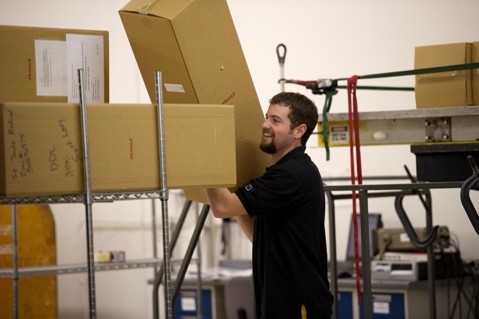Each time you package a medical device for sale and delivery, your design – and its execution – get put to the test. Ultimately, companies that package and ship medical devices are responsible for the health and safety of patients worldwide. Your products and procedures will be under the microscope, and failing these tests can seriously impact your business.
 Following are some of the most common causes of medical device packaging failure we see at DDL and advice on how to avoid them.
Following are some of the most common causes of medical device packaging failure we see at DDL and advice on how to avoid them.
- Folding the sterile barrier. Folding a pouch to keep the sterile product in place or to minimize movement would seem to make sense. But ultimately when you fold a Tyvek/Poly pouch, you are essentially causing a weak or stress area by this fold which could in turn cause a premature failure to the sterile barrier. Ultimately you want the sterile pouch to be as pristine as possible without causing undue stress to these materials. Sizing your pouch correctly to the shelf-box is a pretty important factor.
- Putting sterile packages into a corrugated shipper without a shelf-carton. One of the largest failure modes is abrasion failures. This failure mode is typically caused by the sterile barrier system rubbing or abrading on the corrugated materials. Corrugated materials are nothing more than sandpaper to sterile barrier systems. To remedy this problem, we would highly recommend putting the sterile barrier into a shelf-carton.
- Using too high of an aging temperature for accelerated aging. As we all want testing to be done as quickly as possible, another common failure mode is using too high of an aging temperature to get testing done quickly. Understanding what temperature your packaging materials can handle along with your product materials will then give you the correct information for choosing the right aging temperature for accelerated aging.
- Not executing “Feasibility Testing” prior to actual package validation transit testing. The majority of failures are dynamic related. In an ideal world, feasibility testing would be executed upfront to understand the overall interaction of the sterile barrier system as it relates to dynamics and the shipping configuration. Spending some time upfront and executing feasibility testing will help ensure success when final package validation is executed.
If you have a question or need help with an upcoming medical device packaging validation, please contact us today, and one of our package engineers will be in touch with you.